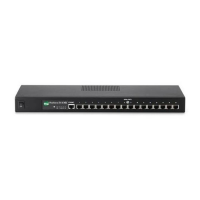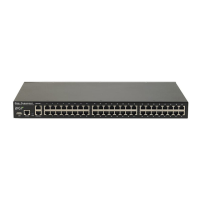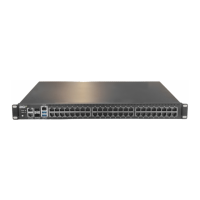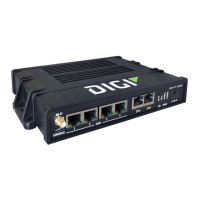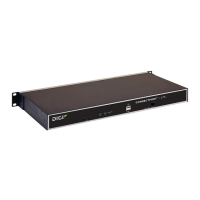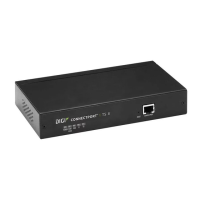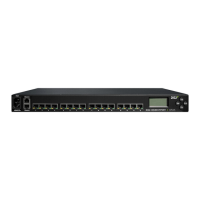Page 90 Configuring Security 90030500B
Regular User Login
This is the most common way of logging into a system. A regular user login identifies
a user by name, restricts access by password, and provides limited access to the
PortServer II command line after login. A regular user
cannot
change any of the
PortServer II parameters, but can make certain changes to the PortServer II port at
which they are logged in.
If the
set login write=on
option is selected for a user's port, the user can save
changes to the parameters of his or her own PortServer II port. The new parameters
become the defaults available to other users who subsequently log in on that port. If
the
set login write=off
option is selected, only the root user can save port set-
tings. For further details, refer to
set login
in the
Command Reference Guide
.
A regular user can temporarily gain root privileges if he or she knows the root pass-
word, by entering the following command:
admin
The user is prompted to enter the root password.
Regular user login with password authentication
To configure a regular user who will be asked to enter a password then he or she logs
in, enter the following command:
set user name=<user_name> passwd=on
For example:
set user name=george passwd=on
Note:
For details of how to create the user, refer to
Chapter 4, Basic Configuration
.
The password for a newly configured user is initially the same as their user name
(
george
in the example). For additional security, the user can change his or her pass-
word with the
newpass
command (see the
Command Reference Guide
for details).
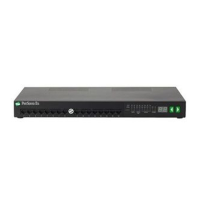
